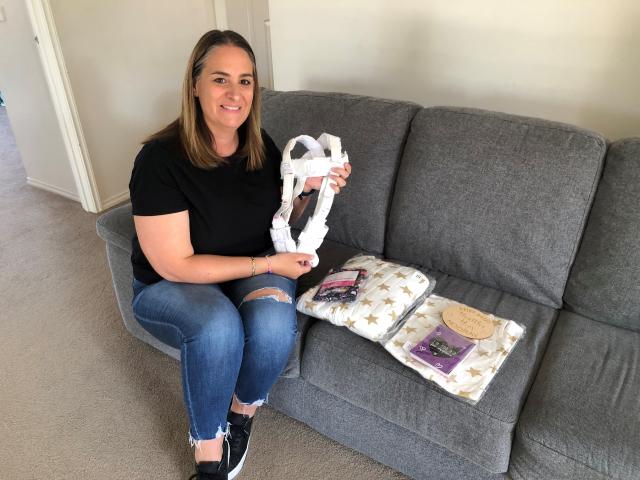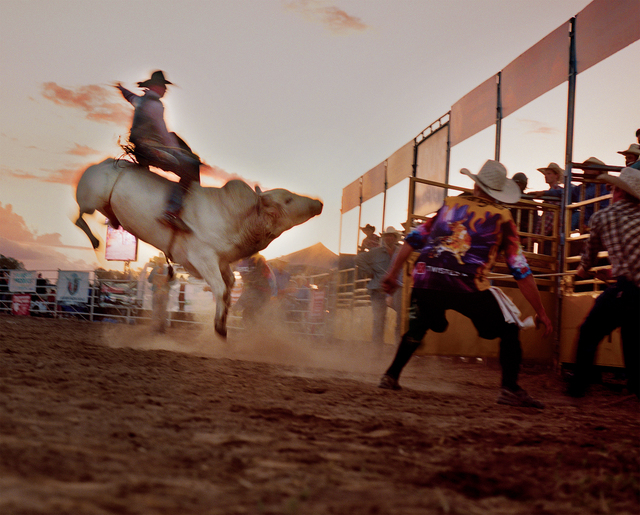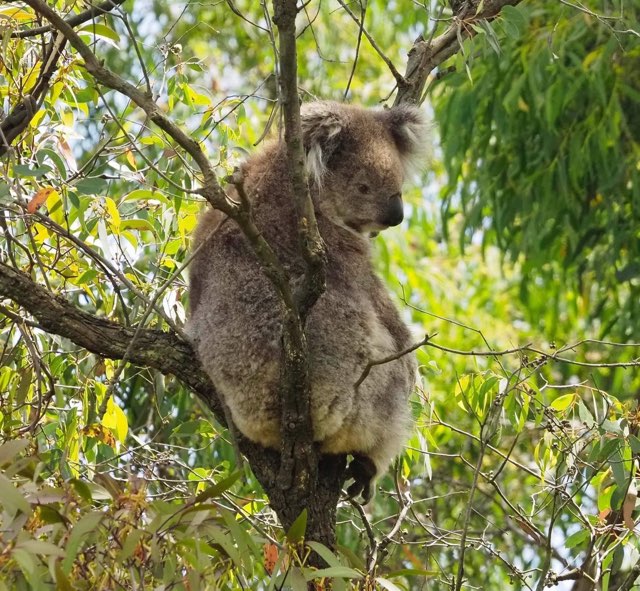Babies with hip dysplasia can be very hard to dress, but a Blind Bight mother is changing the narrative.
If caught early on, hip dysplasia is treated with a Pavlik harness.
The harness helps to keep the infant’s hips and knees bent and the thighs spread apart.
Leanne Arnup found that dressing her infant daughter Maddie was very difficult after the harness was put on.
“We brought her home with no clothes on,” she said.
“Nothing fit, we had nothing.”
Leanne and her partner had no idea what the harness was prior to it being placed on their child.
Leanne’s mum had the idea to make Maddie a sleeping bag.
“That was the original Starfish Babes sleeping bag,” Leanne said.
“And then I realised we weren’t the only ones lacking and wanting to find something for our baby.
“So we started making them and selling them.”
Before choosing to outsource their clothing line, the Starfish Babes team made over 700 sleeping bags by hand.
“We initially designed our extra wide sleeping bags to accommodate all of the hip dysplasia braces/casts but were thrilled when we realised they were perfect for kids with clubfoot wearing boots and bar too,” Leanne said.
Clubfoot is a common type of birth defect that affects muscles and bones in the feet.
Instead of being straight, a clubfoot points down and turns in.
Clubfoot affects one baby in every 1000 and is twice as common in boys than girls.
Since gaining a supplier, the Starfish Babes range has expanded.
The sleeping bags are now tog rated and tested.
The label has been growing over the past eight years.
Starfish Babes now sells leg warmers, milestone cards, their own Pavlik harnesses, leg cuffs, wooden plaques, tees and socks.
Their products are sold all over Australia.
The team also partakes in fundraising for Healthy Hips Australia.
“We have donated over $2000 to Healthy Hips Australia.”
Leanne said it is crucial for parents to push for dysplasia to be checked in their infants.
“It’s not automatically tested for,” Leanne said.
“You really need to push to get ultrasounds.
“If it’s not picked up when they’re a baby and they aren’t placed in a brace, the next thing is a spica cast.”
A spica cast is a type of plaster cast that covers one or both legs from the ankles up to the belly button.
The cast is used to immobilise the hips.
“Children are really restricted, at first they can’t move,” Leanne said.
“They will eventually get used to it but they are literally stuck.”
Maddie’s dysplasia was picked up by a nurse who noticed she had uneven thigh creases.
Leanne stressed that the condition may not be evident, so it is vital to demand testing.







